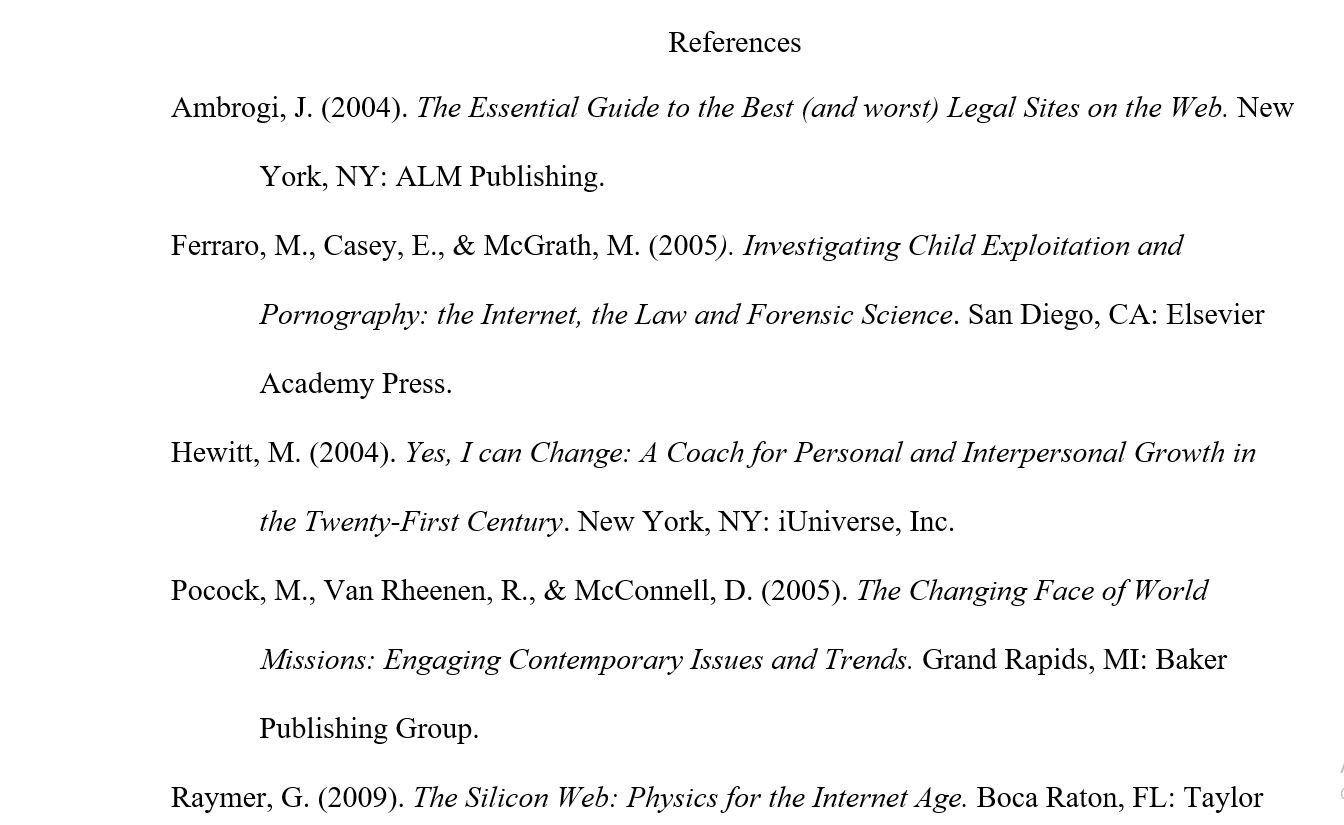Below is a Sample paper written in APA style of writing that provides a guide on how to write and reference cite a paper in APA format.
What is APA style?
APA is the most used academic style of citation. It is an abbreviation of American Psychological Association and comes in different editions. It is a requirement that when writing academic papers or journal you cite your sources. Attached is a sample of a paper written in APA style.
Sample Paper in APA style format
Sample paper 1 written in APA style of writing: APA Style sample doc
Sample paper 2 written in APA format: APA style sample pdf
You can also Download; Comprehensive APA Style Guide
Format of writing in APA style
When writing in APA style use Times New Roman (12 pt.). All text throughout the paper has to be double-spaced (that also includes titles, headings, quotations, references, etc). The text should be aligned to the left-hand margin, leaving a “ragged” right margin. Indent all paragraphs half-inch (i.e. 1,27 cm).
APA style has a specific Title page:
- The top line of the title page should be left-aligned and display “Running head: TITLE OF YOUR PAPER” (condensed in two-three words). The page header (just TITLE OF YOUR PAPER) should appear at the top left of each next page and the page number – at the top right.
- A few lines below indicate the Full Title of Paper: Centered (however, no more than two lines).
- Author’s name
- Author’s affiliation
The title page is followed by the Abstract page (titled “Abstract”). An abstract should be a 150-200 words summary of the research in a concise way.
BODY
There are five levels of headings used in APA style:
Use a signal word to introduce other people’s ideas in text. For example:
Johnson concludes, argues, hypothesizes, refers to, compares, etc. or Johnson proved, demonstrated, etc.
- Eliminate the first person usage and keep to active voice throughout the text. No figurative language Avoid bias.
- Cite any specific information, even if put in your own words (paraphrased or consulted). A citation must appear in two places in the work: in the body (“in-text”) and in the reference list.
In-text citations
- All the major words in the titles of books and articles have to be capitalized. NOTE: in the reference list, only the first word of the title and of the subtitle has to be capitalized.
- The titles of books, movies, documentaries, albums and other longer works should be italicized or underlined in the paper. For example, Alice in Wonderland; My Fair Lady.
- The shorter works do not need capitalization; instead, the quotation marks should be put around the titles. The shorter works are articles, titles of songs, or TV series episodes: “Twinkle, Twinkle, Little Star.”
- When quoting from any source directly, put the last name of the author, year of publication and the page number. Here are the examples of how you can do it:
- According to Johnson (2011), “The quote itself” (p. 232).
- Johnson (2011) said that “the quote itself” (p.232); it is very important to know.
- He said, “The quote itself” (Johnson, 2011, p.232), but he didn’t explain the reasons.
- Johnson (2011) came to the following results:
The longer quotes (40 words and more) should be placed like this. The quote has to be typed on the new margin. The longer quotation put in this suggested form does not need quotation marks. The text should remain double-spaced.
- The paraphrased ideas will have the following in-text citation:
According to Johnson (2011), the paraphrased idea will not have quotation marks.
The paraphrased idea does not need quotation marks (Johnson, 2011, p.232).
Reference List
- The lines after the first line of every source has to be one-half-inch indented.
- Last name, then first name.
- Put the sources in alphabetical order.
- All major words in the title of journal have to be capitalized.
- Capitalize only first letter of the first word of the title and subtitle referencing to articles, books, Web pages.
- The titles of the longer works (books and journals) need to be italicized.
- The shorter works (articles, essays) should not be italicized, underlined, or have quotes around the titles.
- There are different rules to the referencing, which depend on the type of the source.


Leave a Reply